Vörå is a place rich in history, culture, and strong traditions. Throughout the municipality, there are several monuments that tell the stories of important events, people, and local tales that have shaped the community over time. These monuments serve not only as reminders of the past but also as living parts of Vörå's identity – visible traces of both pride and reflection. On this page, you can explore some of the most significant monuments and statues in the area.
Vörå War School - Vörå

This memorial was erected by Vörå War School as an expression of gratitude for the valuable support and assistance the school received from the municipality of Vörå and its residents in 1918. The memorial was unveiled in 1934.
Address: Municipal Office, Vöråvägen 18

The Heroes' Grave at Vörå Cemetery is a memorial dedicated to the soldiers who fell during the Finnish Civil War of 1918, especially the White soldiers who participated in the Battle of Oravais and other battles in Ostrobothnia. Vörå was an important center for the White side during the war, and many young men from the area took part in the fighting.
Address: Vörå Church, Lotlaxvägen 36
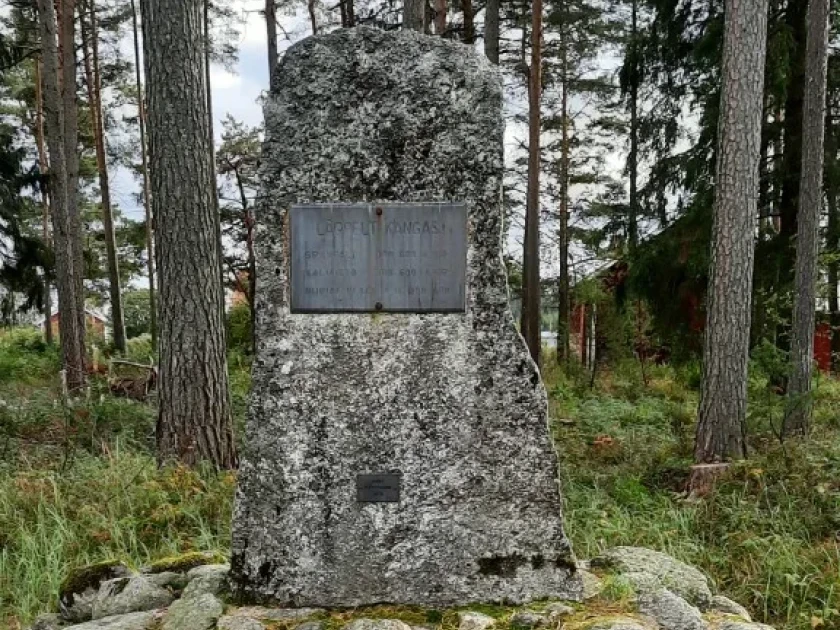
Lågpeltkangas, one of the most well-known ancient monument sites in Southern Ostrobothnia. It was researched by Jacob Tegengren from 1920 to 1941. The burial ground was in use from around 300 to 700 AD and contains, among other things, weapons, tools, and jewelry. A particularly notable find is a bronze pommel from a sword, likely belonging to the head of the family.
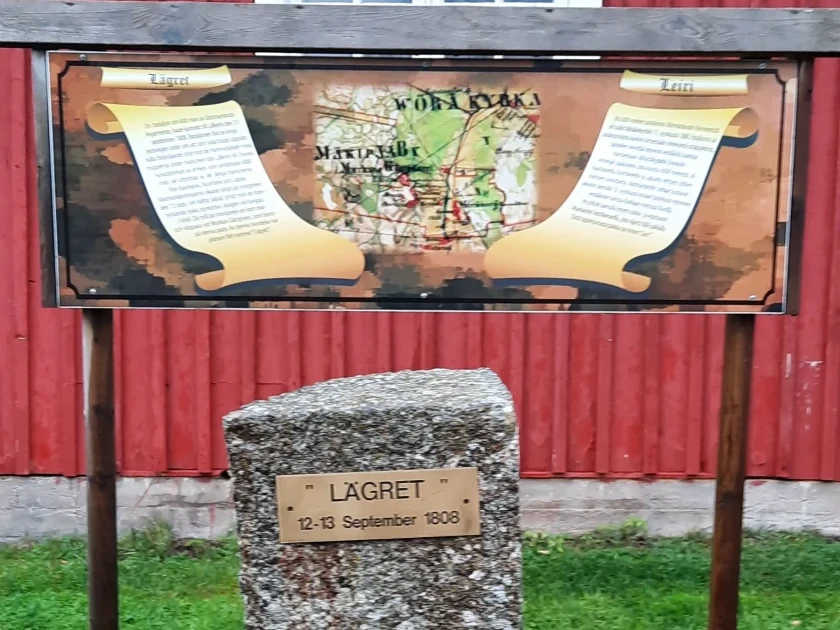
A battalion from the Västmanland Regiment fought against Russian troops in Vörå on September 13, 1808, during the Finnish War. After the fierce battle, they rested at Murkais Gästgiveri at this location, which has since been named "Lägret".
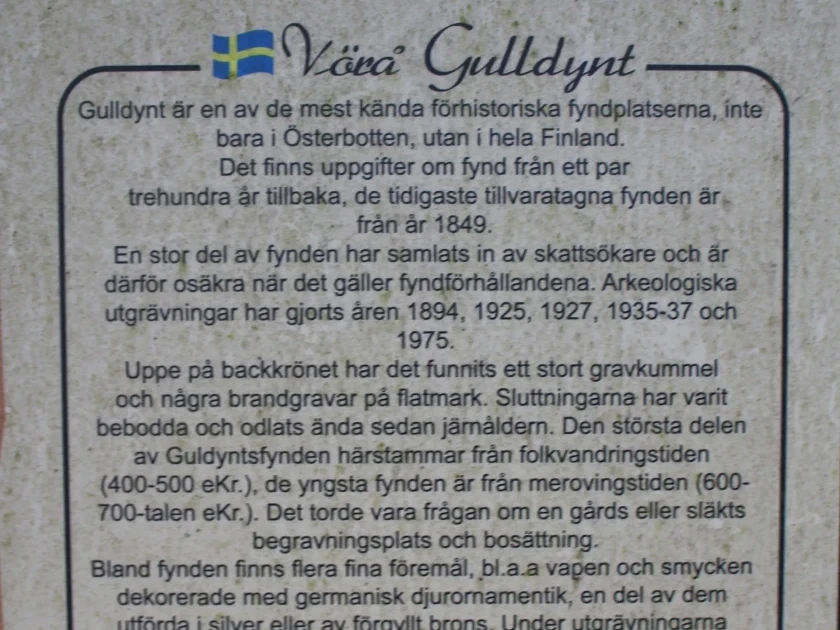
Gulldynt is one of Finland's most significant archaeological sites. It is an ancient monument site consisting of a burial ground and a settlement from the Migration Period and the Merovingian Period (c. 400–800 AD). The first discoveries were recorded in 1849.
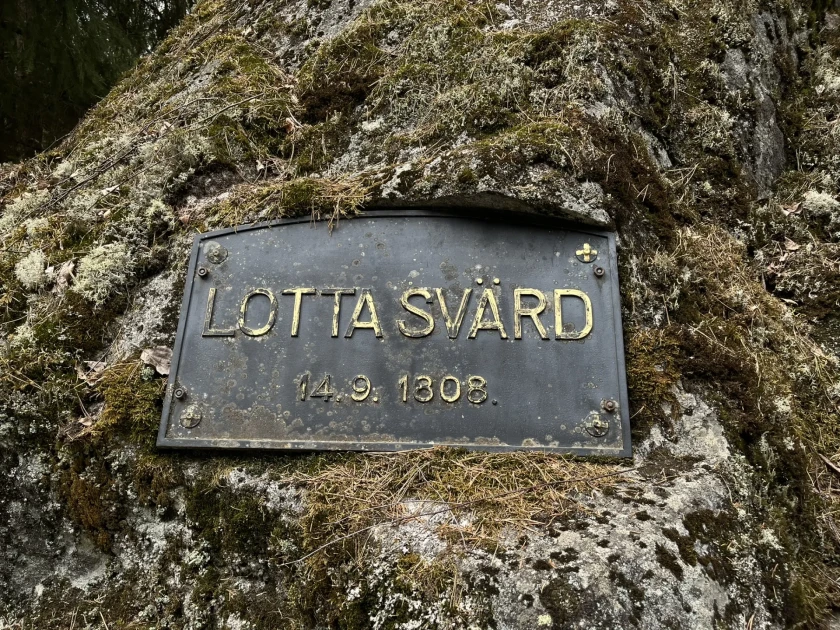
The Lotta Svärd stone is a memorial honoring the legendary female figure Lotta Svärd, known from Johan Ludvig Runeberg's poetic work The Tales of Ensign Stål. The stone is located near the battlefield where the Battle of Oravais took place on September 14, 1808, during the Finnish War between Sweden and Russia. The stone marks the spot where, according to tradition, Lotta Svärd had her humble tent during the battle.
Address: Near the battlefield, Slagfältsvägen 130

During the reconstruction of the national road in 1953, bone remains, a belt buckle, uniform buttons, and an amulet were found south of the battlefield. Upon closer examination, it was determined that a Russian major had been buried there. The bones were moved to the cemetery, and the site was marked with this memorial stone.
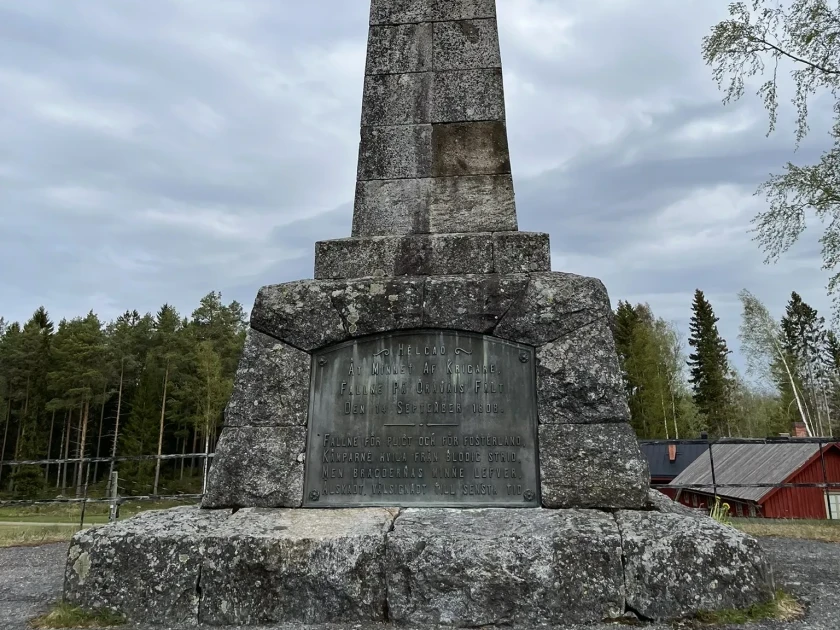
The monument commemorating the "Bloody Day of Oravais" was completed in 1897 as a memorial to the 14th of September 1808, the largest battle of the Finnish War. It was of decisive importance, and it marked the last time Swedes and Finns fought together under the same banner.
Address: Battlefield, Slagfältsvägen 130
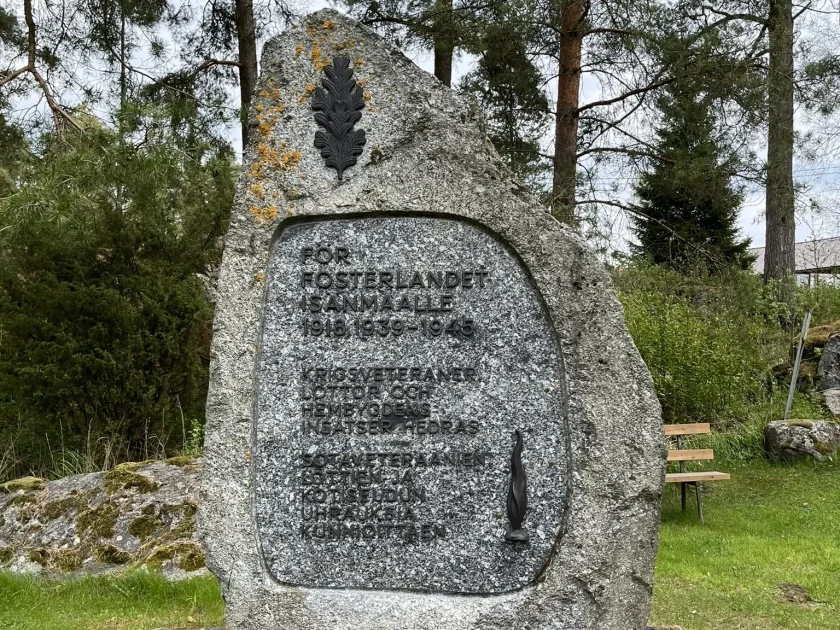
Sweden lost the battle, which cost over 1,600 soldiers their lives or left them wounded. Where were all those killed in the Battle of Oravais buried?
The gravestone here marks the place where, so far, the only mass grave has been found.
Address: The Battlefield, Slagfältsvägen 130
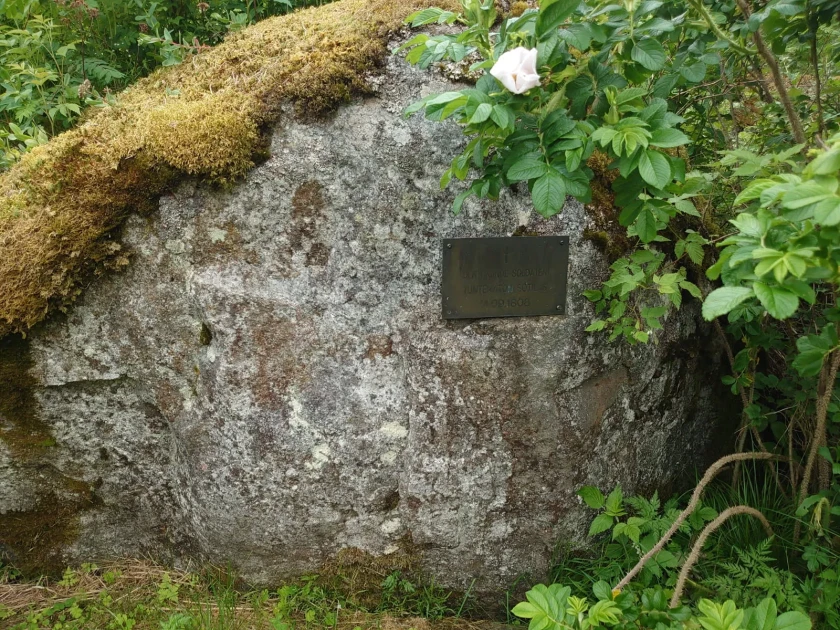
The Tomb of the Unknown Soldier is a symbolic resting place honoring all soldiers who fell in Oravais during the Finnish War, especially those who were never able to be identified.

Jacob Tegengren was a well-known Finland-Swedish poet, hymn writer, archaeologist, and banker who lived in Oravais between 1946 and 1955. He is buried in Vörå together with his wife.
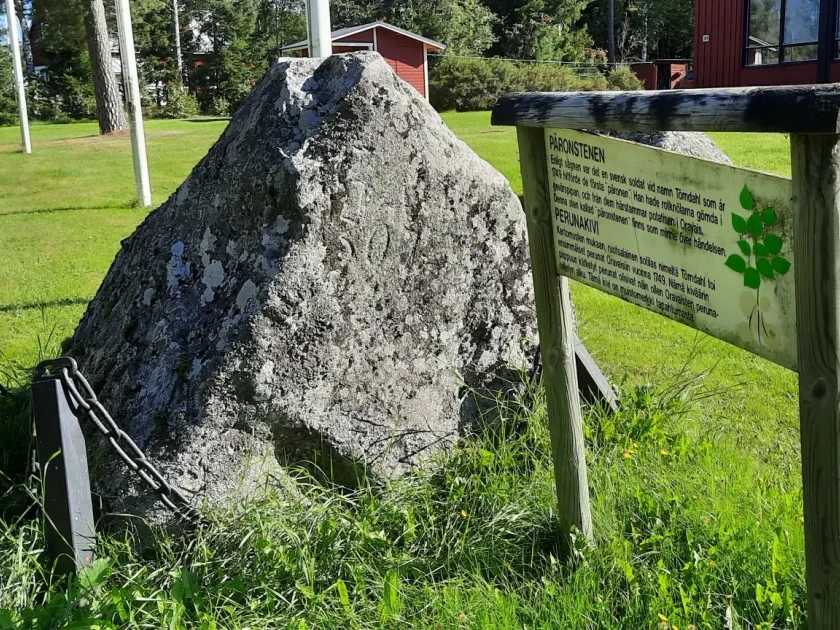
According to legend, it was a Swedish soldier named Törndahl who brought the first "päronen" (potatoes) here in 1749. He had the tubers hidden in his rifle barrel, and from these, the potatoes in Oravais are descended.
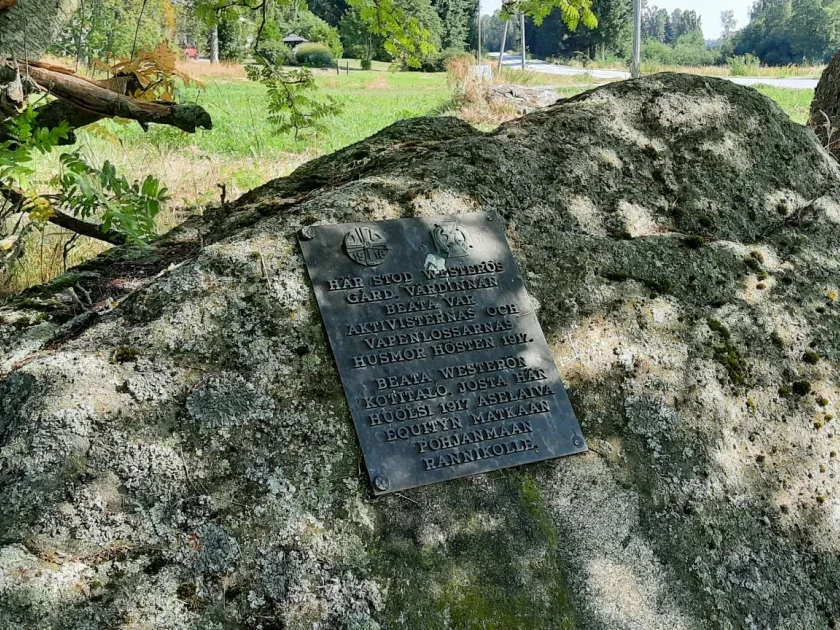
Beata Westerö received her memorial on October 30, 1988, at the site where her farm once stood. Hostess Beata was the housemother for the activists and weapon smugglers in the fall of 1917.
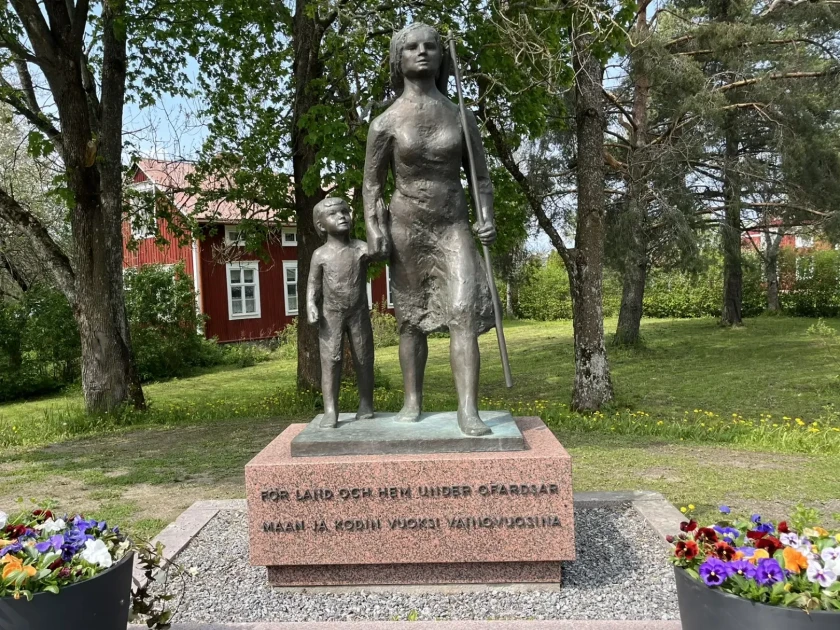
In 1984, Finnish women were honored with a monument recognizing their contributions during the country’s critical moments. The initiative was taken by Rotary members, war veterans, and disabled veterans.
Address: Municipal Office, Vöråvägen 18
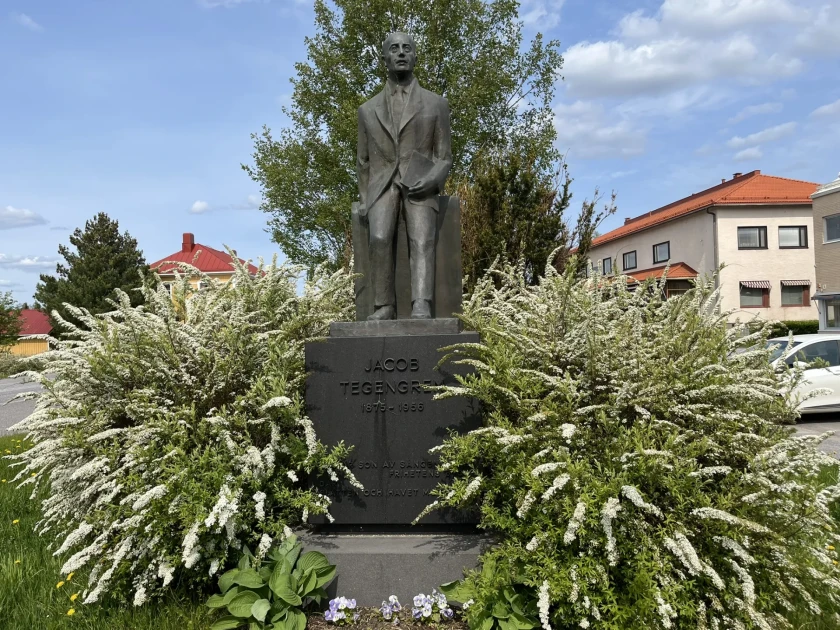
Tegengren worked in Vörå as a bank director and was one of the most important poets in Ostrobothnia. The statue in Vörå center was erected in 1990 by Jacob Tegengren-sällskapet.
Address: Vörå center, Vöråvägen 5
